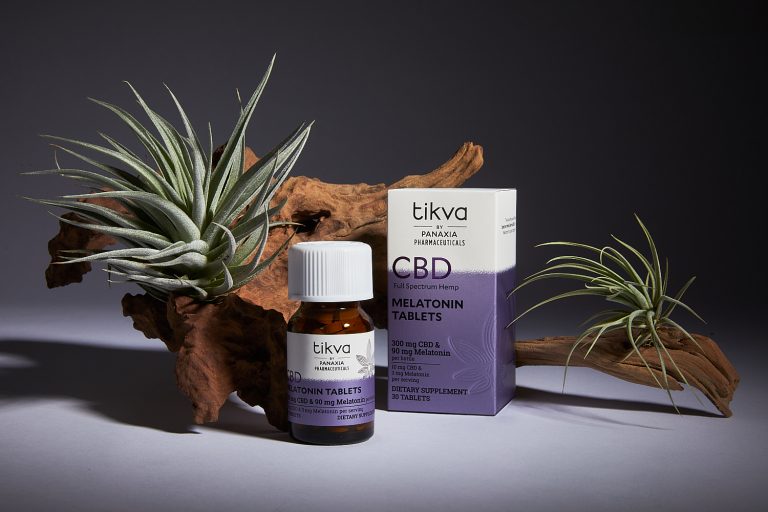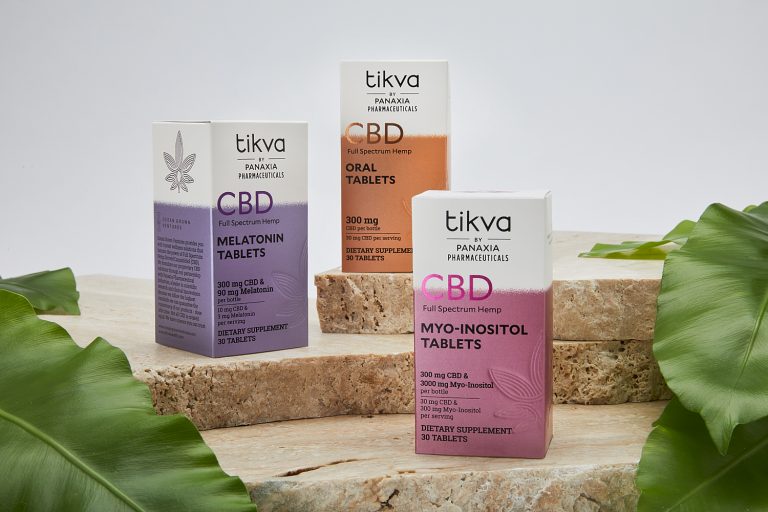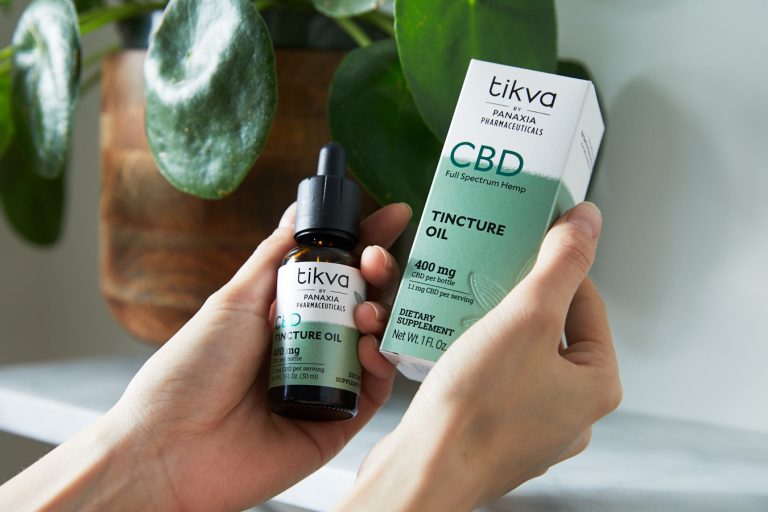Benefits of Full-Spectrum Extracts vs. Isolates
Today, we know that the Cannabis sativa plant (from which hemp is sourced) contains over 100 cannabinoids, chemical molecules that interact with the internal regulating system found in all animals with a backbone. In fact, discovery of this endocannabinoid system (ECS) was enabled by the discovery of receptors within it. (Mudge, Murch & Brown, 2018).
As of late, products featuring the non-psychoactive cannabinoid cannabidiol (CBD) have surged in popularity. CBD is known to support healthy cognitive function and provide benefits supporting the immune system (Maroon & Boost, 2018). That said, research has found that cannabinoids in hemp are actually synergistic. Meaning, when multiple cannabinoids are present, they interact with the ECS in a way that increases their efficacy. In this so-called entourage effect, cannabinoids work synergistically to contribute to health and wellness (Russo, 2011).
For example, a recent study revealed how using full-spectrum hemp extracts, as opposed to using products with isolated CBD, demonstrated a clear correlation between full-spectrum hemp and the effects on promoting a healthy circulatory system as well as offering muscle and joint support (Gallily, Yekhtin & Hanuš, 2015).
To ensure that multiple cannabinoids are present and thus permit synergy, hemp products must contain a full-spectrum hemp extract of the plant rather than comprise CBD in isolation. A full-spectrum hemp extract allows for not just a combination of cannabinoids, but also for the presence of cannabis terpenes (Grof, 2018)—chemicals that naturally occur in plants and imbue them with unique scents, flavors, and colors. In short, full-spectrum hemp extracts yield optimal CBD usage.
This is why Tikva products are always made from full-spectrum hemp extracts, not CBD isolates. Tikva solutions are backed by Panaxia Pharmaceutical Industries, whose analytical method allows for the identification and quantification of various cannabinoids. These cannabinoids include:
- Cannabidiol (CBD)
- Cannabidiolic acid (CBDA)
- Cannabinol (CBN)
- Cannabigerol (CBG)
- Cannabigerolic acid (CBGA)
- Cannabichromene (CBC)
CBD manufacturers have created another option that is beneficial for those who work in professions with mandatory THC drug testing. When a drug test is administered, it only tests positive/negative, and does not discern the THC is in miniscule and trace amounts. Government workers and other professionals subject to mandatory testing may potentially test positive for THC while taking full-spectrum CBD products.
The term “broad-spectrum” refers to products produced by entirely removing THC from the full-spectrum extract, or by combining CBD isolate with other isolated cannabinoids, terpenes, and flavonoids to mimic the full-spectrum effect without THC. As the trace amounts of THC work synergistically with the other cannabinoids, broad-spectrum products are less effective than full-spectrum products, but they can be a solution for those in professions with mandatory THC drug testing.
As a pharmaceutical company, our manufacturer, Panaxia Pharmaceutical Industries, is focused on efficacy. Therefore, they recommend full-spectrum formulations. Tikva does not carry broad-spectrum products at this time, but if you have an interest in this product we would love to hear from you! Please contact us with any questions!
An additional article we think you will like – Tikva’s CBD Tablets.
References






